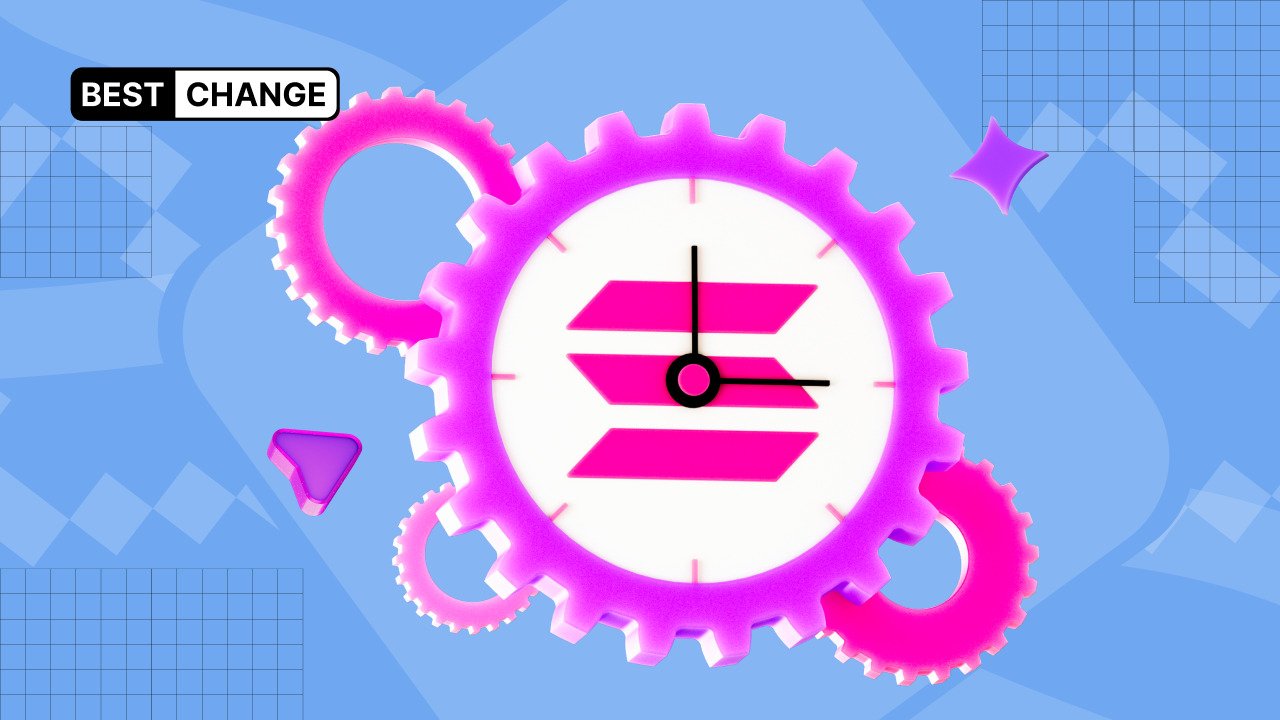How the Solana network handles load

Developers of new blockchains strive to focus not only on network security and decentralization but also on increasing throughput so they can withstand high transaction loads.
One example of a scalable network with a unique approach to consensus is Solana, considered one of the fastest blockchain platforms in the industry. In theory, it can process up to 65,000 transactions per second (TPS) with an average fee of less than a cent.
Solana network architecture
The key distinction of Solana from other blockchains is its Proof-of-History (PoH) consensus mechanism.
PoH complements the Proof-of-Stake (PoS) consensus mechanism and also supports staking to ensure the security of the decentralized network.
According to MIT Media Lab researchers, the PoH mechanism solves the problem of time synchronization in distributed systems. Instead of waiting for confirmation from other nodes, Solana knows that event A happened before event B, which significantly accelerates consensus achievement (down to 400 ms in Solana's case).
Thanks to PoH, Solana developers have managed to reduce the load on the mempool (transaction queue), increase throughput by optimizing CPU performance, and enable pre-forwarding of transactions. In addition, Solana's consensus allows transactions to be processed in parallel, further boosting throughput.
How does Solana handle transaction loads?
Despite its high throughput, the Solana network periodically experiences disruptions and blockchain outages during peak loads — for example, during NFT drops and periods of high DeFi activity, especially amid meme coin hype. These incidents vary in severity: from partial slowdowns to complete network outages.
Experts note that NFT drops are among the most challenging scenarios for blockchains. For example, in 2023, the decline of the Tensorians collection on the Tensor Trade platform caused a peak load of 4.3 million Solana (SOL) token transactions in just 15 minutes — about 4,800 TPS. On-chain analysts noted that users experienced delays and even errors, yet Solana continued to operate.
Ethereum, the leading DeFi platform, has never seen such loads. For example, in 2023, during the Azuki NFT collection drop, with 180 TPS, the total number of transactions reached 1.2 million, causing a sharp fee spike to $45.
However, Solana outages have happened repeatedly. For instance, in January 2022, due to intense market volatility, the network was flooded with transactions initiated by traders' arbitrage bots. This led to network overload and a 30-hour downtime — one of the most extended outages in Solana's history.
The leading causes of Solana's network failures and outages, according to experts, include transaction overload from user surges, configuration errors in network nodes, software bugs, and vulnerabilities.
After developer intervention, the situation improved: they implemented transaction limits and prioritization, added DDoS protection, and improved validator network quality. As a result, both the frequency and duration of Solana outages decreased significantly.
Solana ecosystem dynamics
Solana is the second-largest ecosystem after Ethereum in the decentralized finance market. According to DeFi Llama, as of August 2025, Solana's total value locked (TVL) exceeds $10.6 billion — nearly $3 billion more than the third-largest DeFi ecosystem, BNB Smart Chain (BSC).
At its peak in February 2025, daily transactions on Solana exceeded 100 million, most of which were tied to DeFi activity.
According to Token Terminal data, with 2.6 million daily active users, Solana ranks third among blockchains, after BNB Smart Chain and NEAR Protocol.
Solana is also a leader in the DeFi segment in terms of throughput and transaction costs. Although Ethereum's Dencun upgrade significantly reduced transaction costs on its L2 networks (Arbitrum, Base, Polygon, and Optimism), they still lag far behind Solana in TPS.
For example, Arbitrum handles only 40–80 TPS, and Base handles 50–100 TPS. Moreover, confirmation times on L2 networks average 2–5 seconds, whereas Solana's is only 400 ms.
Ethereum's L1 situation is even worse: with throughput at just 30 TPS, the average cost of a simple transaction is $0.05–$0.06, tens of times higher than Solana and L2 solutions.
Despite periodic outages, Solana has secured its position as one of the scalability leaders in the Web3 space, best suited for DeFi and NFT users.
